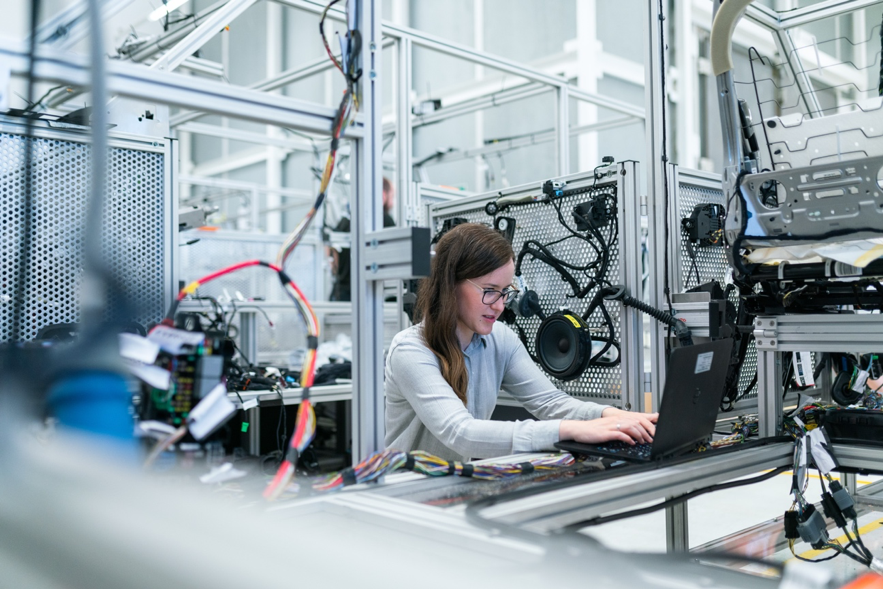Industrial Automation is a concept that began to be used around the 50s and came to revolutionize the way we saw the industry and the entire production method, making processes faster, more flexible, efficient and robust. Industrial Automation can be defined as the use of various technologies and controlled devices, which results in the management of industrial processes without significant human intervention, achieving superior results than when using processes used manually.
In other words, Industrial Automation processes and systems are complex, but beneficial for all companies that want to innovate and implement a more technological and visionary mindset, not only reducing production costs, but also simplifying their industrial objectives.
An Industrial Automation system is something very complex, having numerous hardware and software working synchronously. Therefore, there are 4 hierarchical levels for a correct functioning of this automation:
- Field Level
This is the lowest level in the entire hierarchical automation process, which includes the basic arrangements of the entire process, such as sensors or conductors. Those, at this level, have the goal of taking only higher levels of information and basic real-time data, such as temperature, pressure, flow, in order to convert them into electrical signals for the entire process to start and stop, according to its objectives.
- Control Level
This level includes autonomous devices, such as CNC machines, PLCs, etc., which receive certain parameters and orders from the various sensors on the first level, which autonomously guide and process the necessary product for these machines.
- Supervising and Production Control Level
At this level the autonomous devices facilitate the control functions and human intervention in the process, supervising various parameters, defining production targets, archiving the historic, defining when the machine turns on and off, etc.
- Information or Enterprise Level
This is the highest level in the hierarchy of automation control levels, that controls the entire autonomous system. The tasks performed at this level include production planning, market and customer analysis, orders and sales, etc.

To help us understand a little more about what Industrial Automation is, it’s necessary to distinguish the types. There are three types of Industrial Automation:
- Fixed or Hard Automation
This first type of automation is designed for a specific and repetitive mass production, consequently, once configured to produce a certain product, it is very difficult to change its purpose to another product. It is uncompromising on product variety, yet increases efficiency with a high production rate, lowering production cost.
- Programmable Automation
In this type of Automation, it’s possible to change the automation to a specific variety, by modifying the command in the program connected to the equipment. The production volume is medium/high, and a new configuration or command is possible, but costly in terms of time and money.
- Flexible or Soft Automation
Lastly, we have an automation that provides great flexibility in the changes we want to make in terms of product design. These changes can be made almost instantaneously and extremely quickly, for example, in the form of codes introduced by human workers. This form of automation is one that makes it possible to produce different ranges of products in a relatively simple process.
Now that you’ve got a brief presentation of what one of our market segments is, don’t hesitate to contact us to help you find the best solutions for your company!